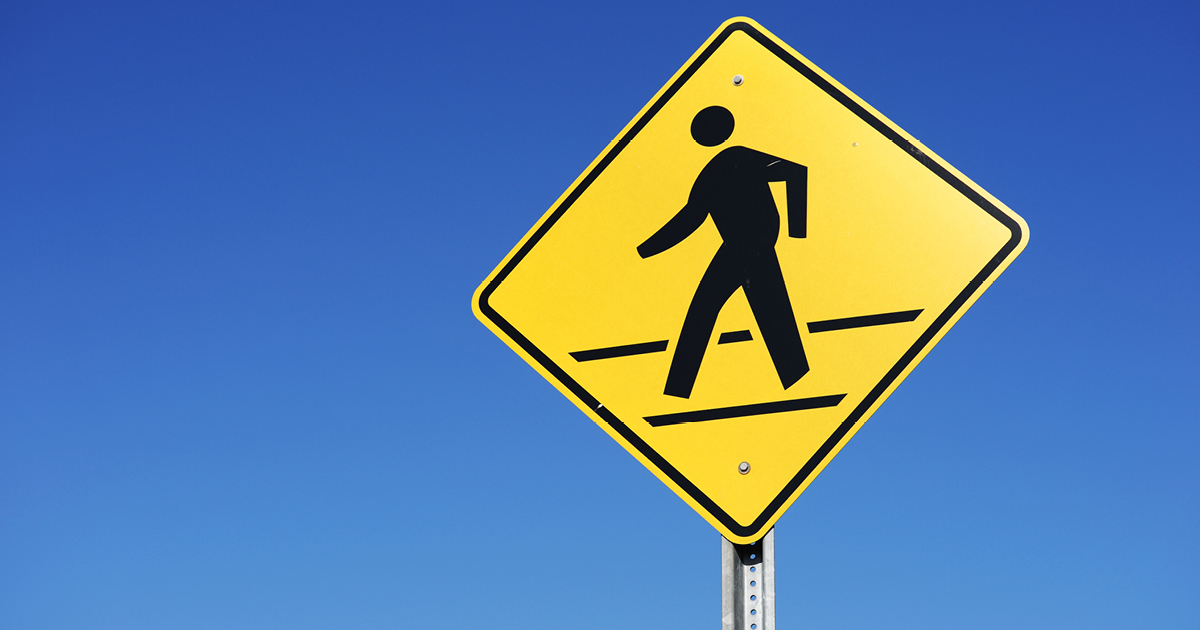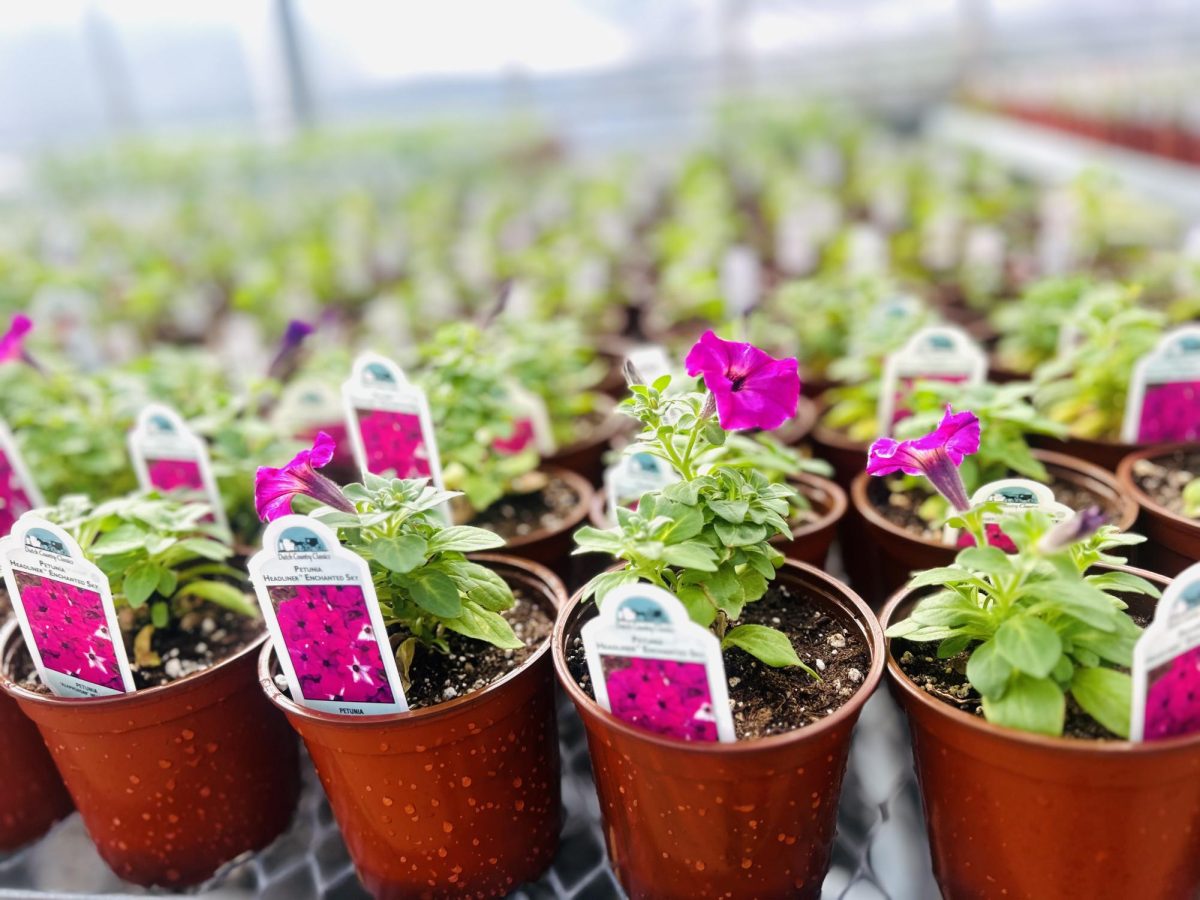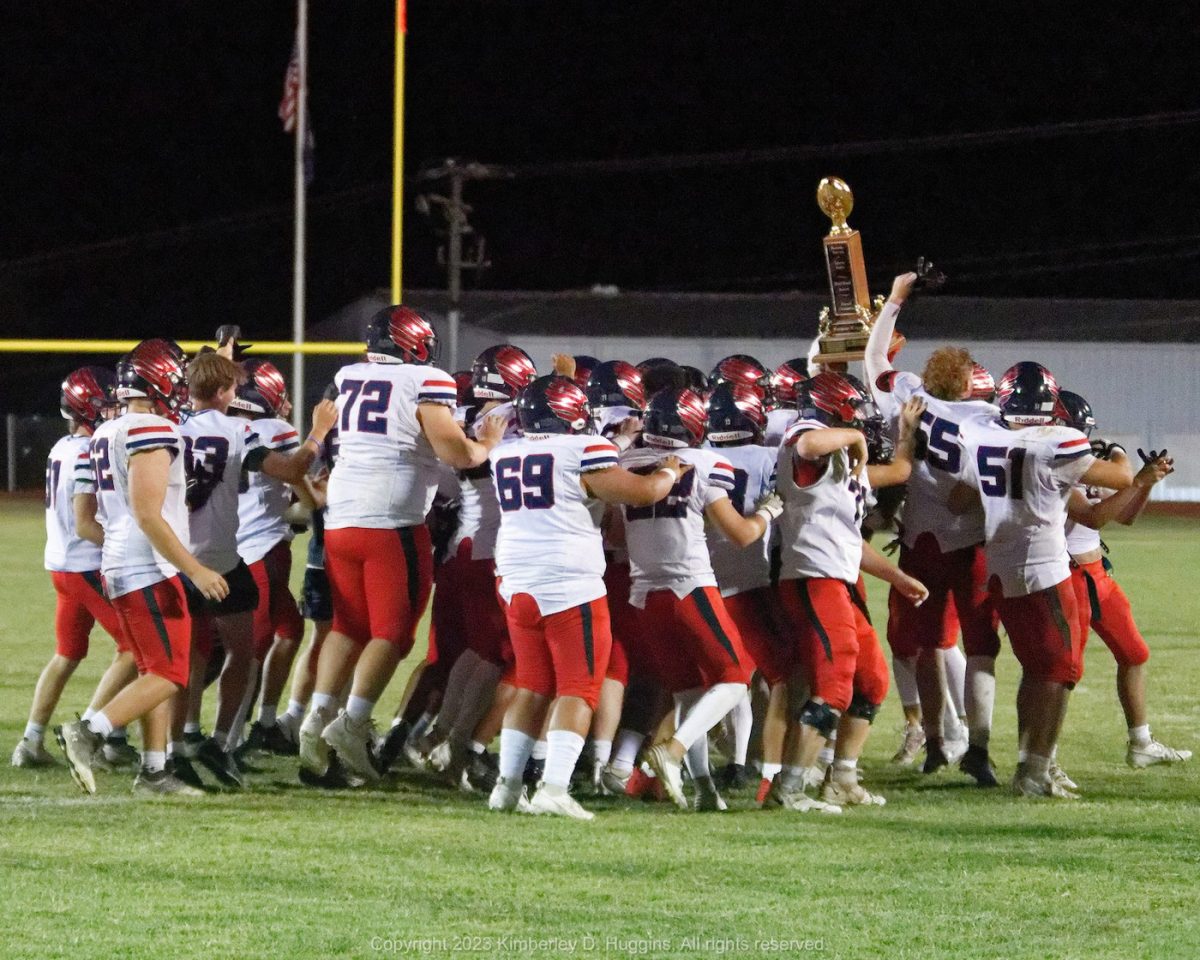As of late, the online world has been abuzz with debate and discussion, throwing around words like “walkability”, “car-centric infrastructure”, and “mixed-use development”. This is all in relation to a growing interest in the idea of “New Urbanism”, and more generally, a developing awareness among teens and young adults in regards to how our communities are built. In this article, I will be trying to explain all of this and more, so you – the reader – can understand what is being talked about when you see those words thrown around and why it matters to you.
“New Urbanism” is less of a thing in itself, and more of a term used to describe new trends in how our communities are built and expanded. These trends are primarily concerned with building environmentally conscious communities that provide and enable connection and activity; New Urbanists want to build communities with easily accessible public transportation, safe walking paths with access to the entire community, spaces open to the public, and dense, mixed-use housing and commercial areas. But why? And what would this mean for a community? Essentially, there is a growing concern among many people that our towns and cities are too dependent on car use. Most communities in America have been built around car use, which has made it very inconvenient – if not impossible – for people to move around their own towns without getting in a car. This means that people who are too young to drive or who cannot drive due to any other circumstance have limited movement within their own communities, making for more socially isolated people. But “car-centric infrastructure” like this does not only negatively affect people who cannot drive. Cars take up a lot of space that could otherwise be used for more housing or more shops, they produce a lot of noise, and if everyone is forced to get around with cars, everyone is forced to suffer through traffic. Furthermore, car-centric infrastructure is negatively affecting our health; not only do cars harm the air quality in our communities, but if the only option for getting somewhere even just a mile away is to drive there, we are being forced into sitting down in a car when it would be much better for us to spend a nice ten minutes walking.
Indeed, reducing car use in our communities benefits everyone. Studies have shown that when roads are widened or given new lanes, traffic actually increases, but when sidewalks are built and public transportation is provided, the amount of traffic drops. After all, when more people are walking, and when more people are taking buses or other forms of public transportation, there are fewer people on the road, making life easier for those who do continue to drive. These options also benefit those who cannot afford to drive; cars are expensive to buy and maintain, but buses are cheap and walking is free, creating more equitable communities and potentially reducing the amount of people who have to scrimp and save just to get by.
However, it is important to remember that this is not the only step. This is where “mixed-use development” comes in. In America, there are things called “zoning laws”, which decide how spaces are used. This means that a space dedicated to housing can only be used for making houses, spaces dedicated to shops can only have shops, and so on. This slices our communities up into little spaces with little interconnection, meaning that someone living in one part of a town or city might have to travel miles just to get to a grocery store. Mixed-use development challenges this and encourages communities to get rid of zoning laws and allow for communities to, in essence, mix and match. In mixed-use communities, people need only walk a few minutes to get to stores, restaurants, movie theatres, and bowling alleys. In many cases, apartment complexes are built that have stores on the ground floors!
This goes a long way in creating density. This is a concept in urban design where space is utilized to the best of its ability. Car-centric communities tend to sprawl along the roads, expanding and expanding outwards while still leaving plenty of empty and unused space inside the community limits. This not only harms the environment but is very inconvenient for anyone living there as, again, they will be forced to travel by car for many miles when the empty lot they live right next to could fit the same grocery store they have to make a 30-minute trip to! Instead, a dense community is one that has many things built into a smaller space. This may sound cramped or claustrophobic, but it does not have to be. Urban density does not have to be a concrete jungle. Dense communities can be those with affordable and spacious apartment buildings or community housing that can fit many more people than suburbs for half the price, vibrant shops, and green areas where people can enjoy being outside and interacting with their neighbors in friends in a shared and completely free space. Cars and the roads that they use take up most of the space in American communities as it stands, cramping us inside our houses and onto tiny sidewalks. Noise concerns can also be alleviated; almost all noise pollution in urban communities around the world is not caused by people on the street but by motor vehicles.
In summary, New Urbanism is a trend that holds within itself many different ideas, all of which are meant to coexist and all of which are meant to create more environmentally friendly, healthy, and affordable communities. I encourage you to do more research into these topics, and to think about how your own communities can be improved! Progress does not have to be a total redesign – progress might just be the addition of a crosswalk that lets you get to your favorite store without having to dodge traffic, and that is the core of what New Urbanism is.








